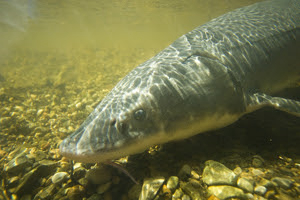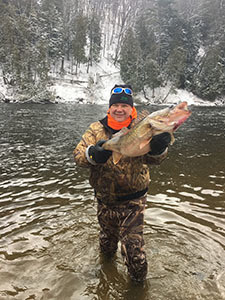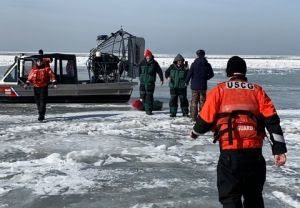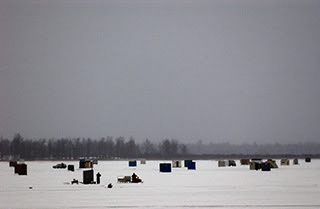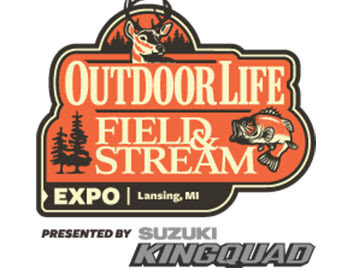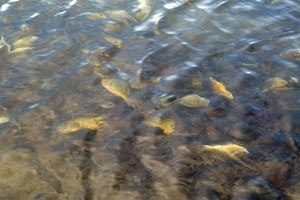A 24-year-old man from Taylor, Michigan, was hospitalized and treated for hypothermia last night after his kayak overturned in Lake Erie.
Michigan Department of Natural Resources Conservation Officer Nick Ingersoll received a call from Monroe County Dispatch at 7:18 p.m. A kayaker who was walleye fishing overturned in Brest Bay of Lake Erie, offshore of Sterling State Park in Monroe. The capsized kayaker originally was reported by Deputy Seth Evans, with the Monroe County Sheriff’s Department, who witnessed the kayaker overturn.
Located nearby on highway 275 and Ready Road, Ingersoll activated the emergency lights on his DNR patrol truck and drove to the Sterling State Park headquarters, where he had prepared his DNR patrol boat earlier in the season. Ingersoll towed the boat to the Sterling State Park boat launch, where two fishermen aided him in launching the patrol boat into the bay.
Dispatch provided Ingersoll with the kayaker’s location based on cellphone coordinates obtained when the kayaker had called 911 for help. Evans also had maintained sight of the kayaker and was able to direct Ingersoll through radio communication, once Ingersoll was in his patrol boat and on the water.
Receiving navigation assistance from Evans, Ingersoll saw the kayaker, located about a quarter of a mile offshore. The kayaker was in the water, holding onto the kayak with one arm, waving his lit-up cellphone in the air with the other arm.
“The water was very choppy, making it difficult to clearly scan the water for the victim,” said Ingersoll. “If it weren’t for the kayaker’s lit-up cellphone, he would have easily been mistaken for a log in the water.”
At 7:38 p.m., Ingersoll reached the kayaker and instructed him to continue holding the kayak. The kayaker was not wearing a lifejacket when he overturned and told Ingersoll that he was unable to find his lifejacket once he was in the water. Ingersoll positioned the DNR patrol boat as close to the kayaker as he safely could and threw him a lifejacket. Once the kayaker had the lifejacket, Ingersoll continued to instruct the kayaker. Read more
